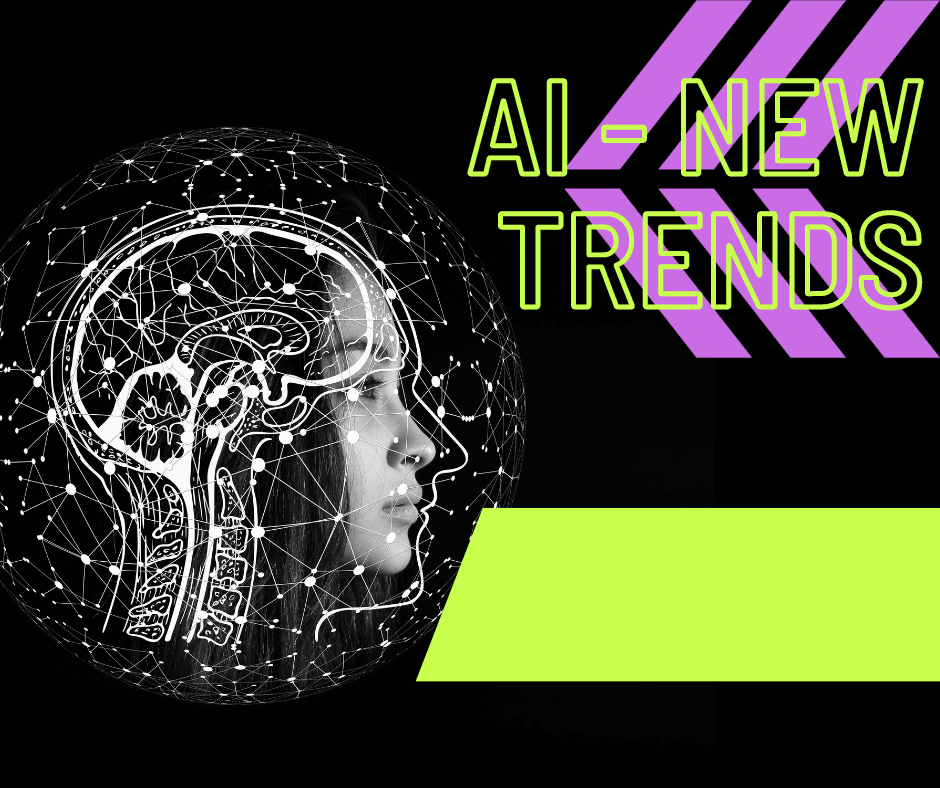
Chat GPT and translators
ChatGPT and translators
ChatGPT is an intelligent chatbot developed by OpenAI, renowned for its capabilities in engaging conversations, answering questions, and solving various issues comprehensively and swiftly. Given its versatility, ChatGPT has gained popularity recently and has even found application in the field of translation. This has prompted questions about whether ChatGPT can replace human translators and what impact it may have on translation professionals.
Limitations of ChatGPT in Language Translation
As previously mentioned, ChatGPT is an intelligent chatbot capable of engaging in diverse conversations and has been used for translation purposes. Upon testing ChatGPT for translation of various content, it was observed that it can adequately translate general topics such as casual conversations and articles. However, for intricate and creative subjects requiring nuanced understanding or interpretation, ChatGPT currently falls short of delivering complete and accurate translations. Additionally, the constant evolution of language, with new words emerging daily from trends, dramas, or specialized fields, poses a challenge for ChatGPT to keep up. Consequently, it cannot fully capture or translate these elements, requiring the intervention of human translators who stay updated with language developments.
Summary
In conclusion, based on the author’s perspective, ChatGPT currently cannot entirely replace human translators due to its limitations in translation capabilities. The accuracy of ChatGPT’s translations may be compromised, and it may not grasp the intricacies of certain subjects. Human translators, equipped with their in-depth knowledge of the native language and continuous monitoring of language trends, play a crucial role in ensuring accurate and culturally appropriate translations.



